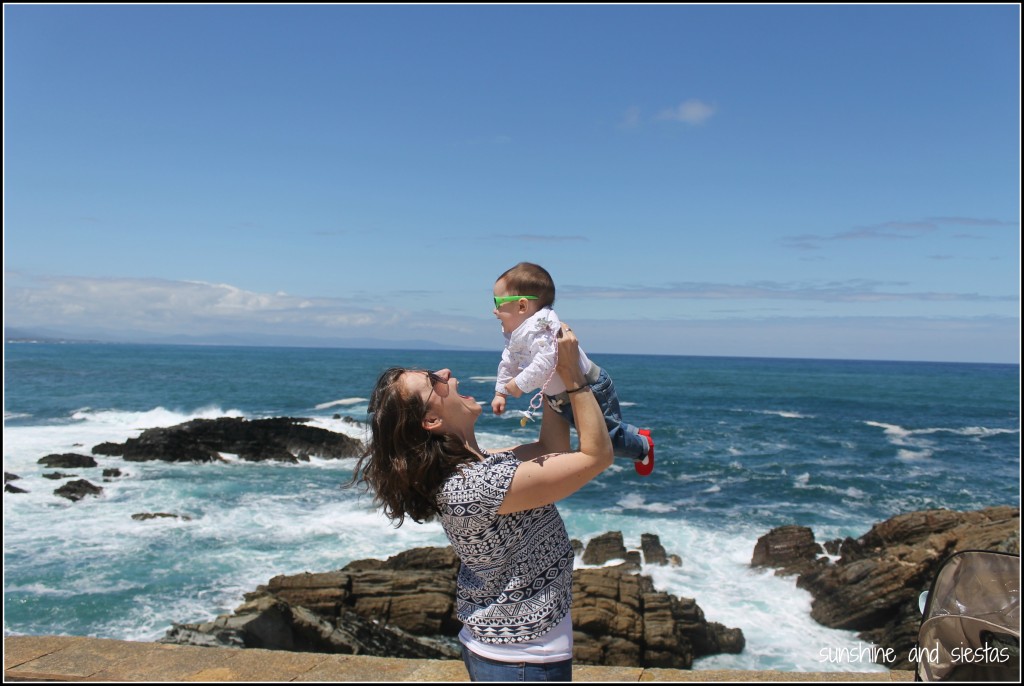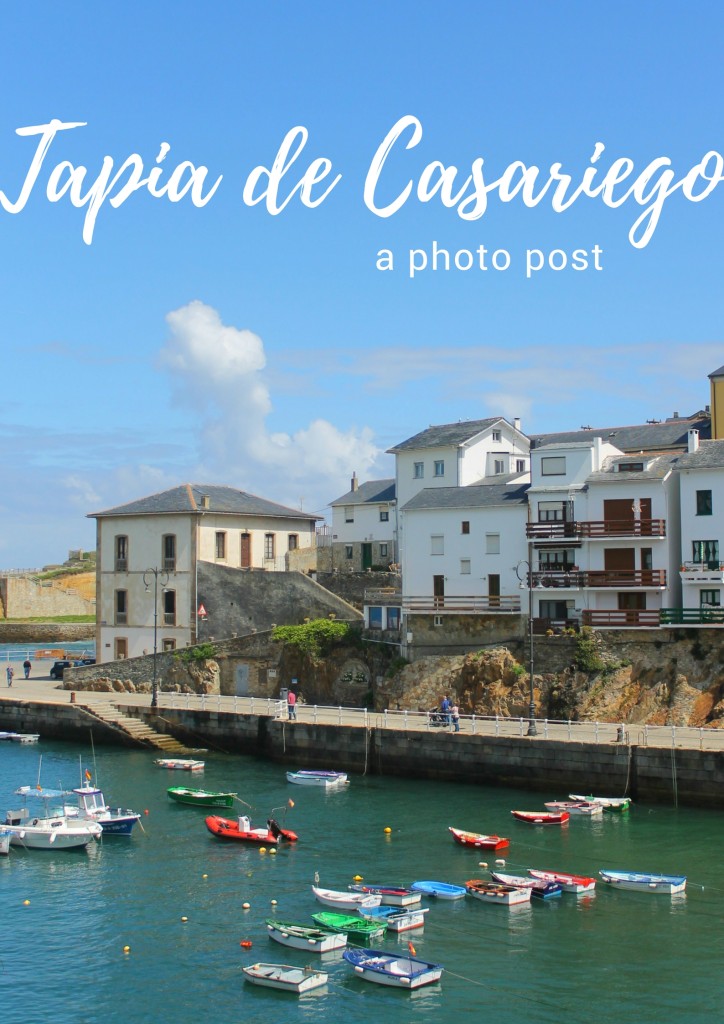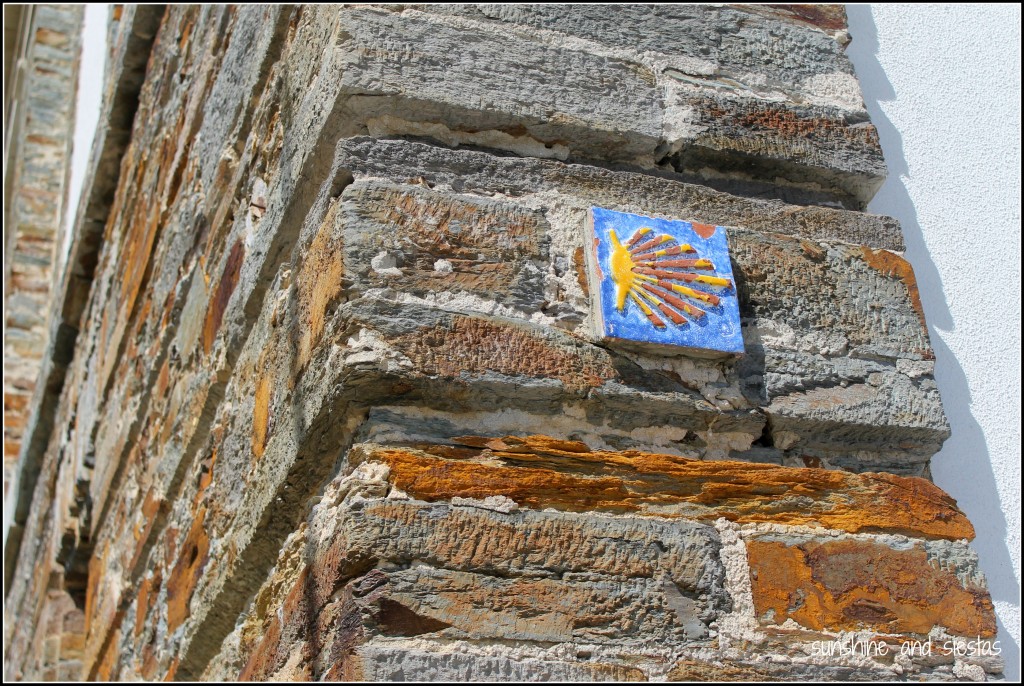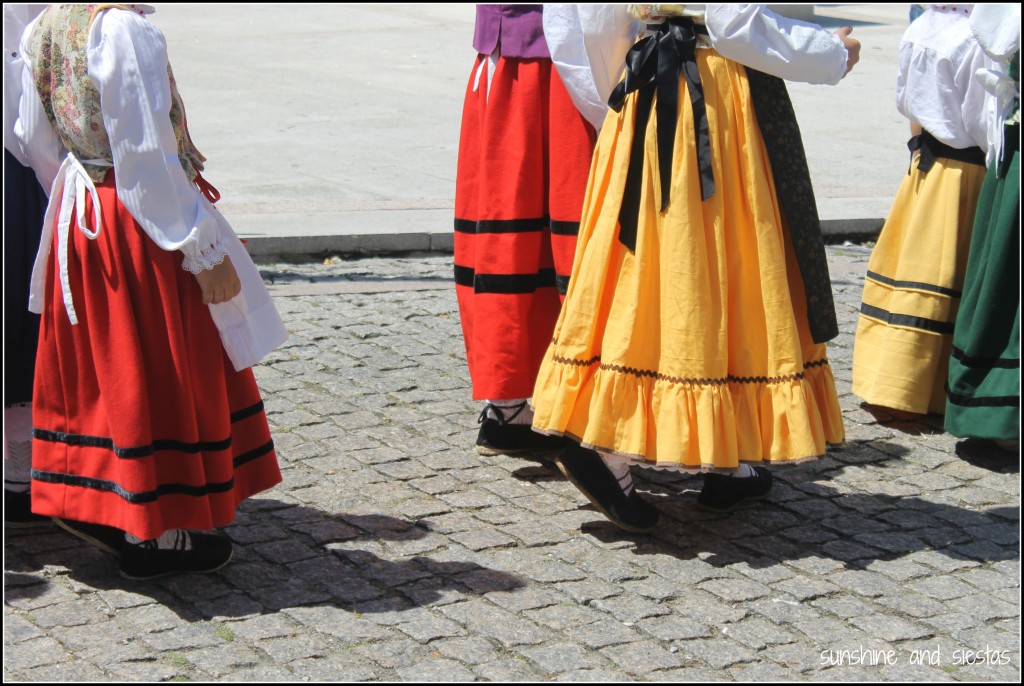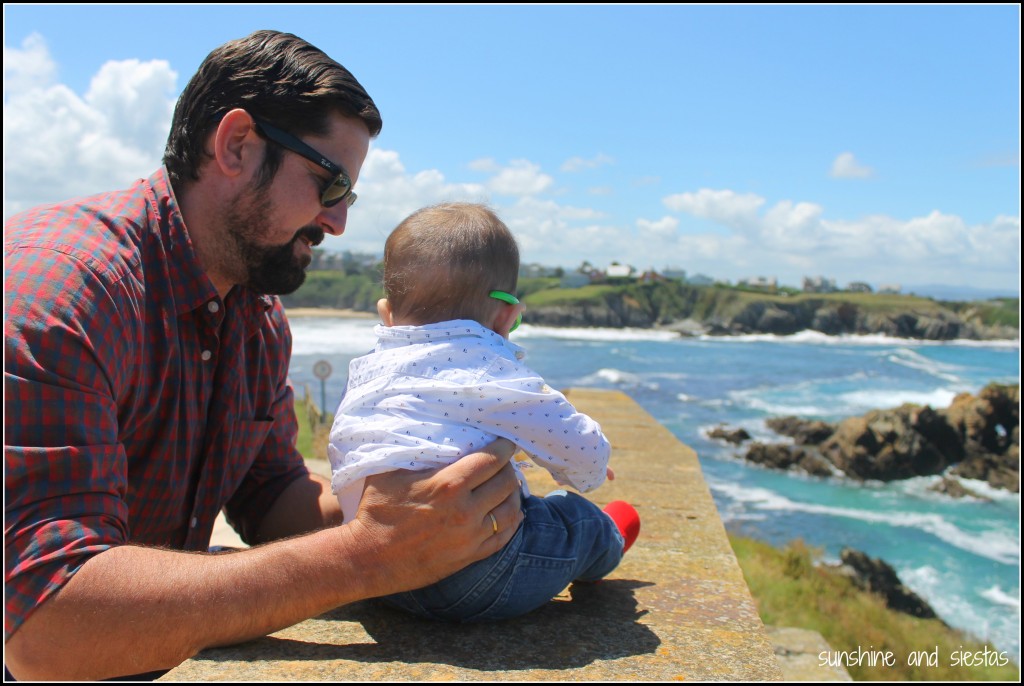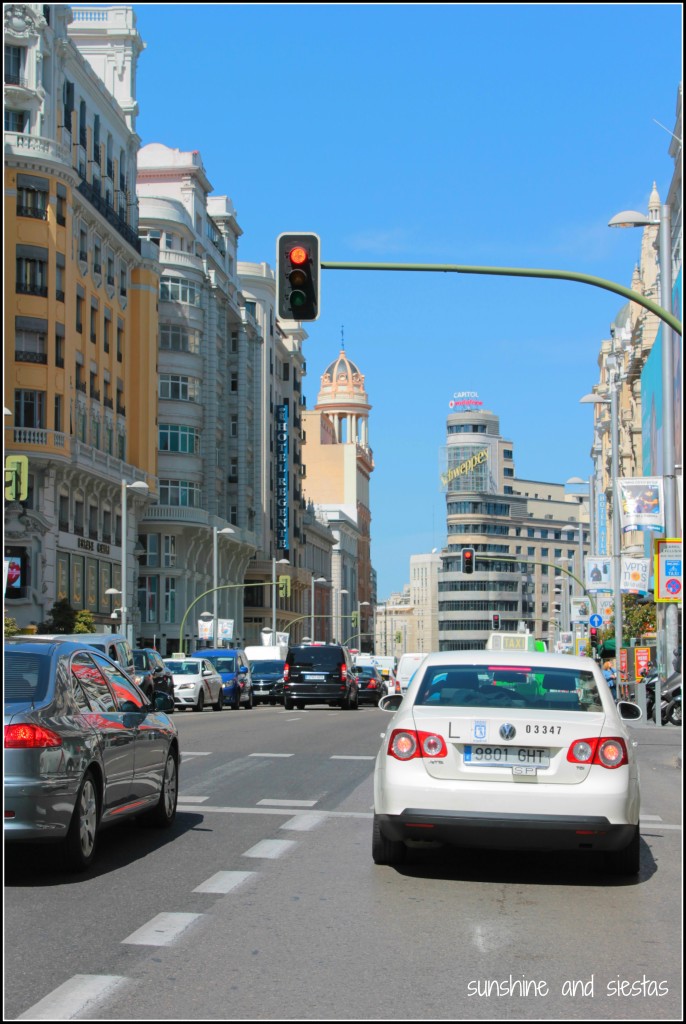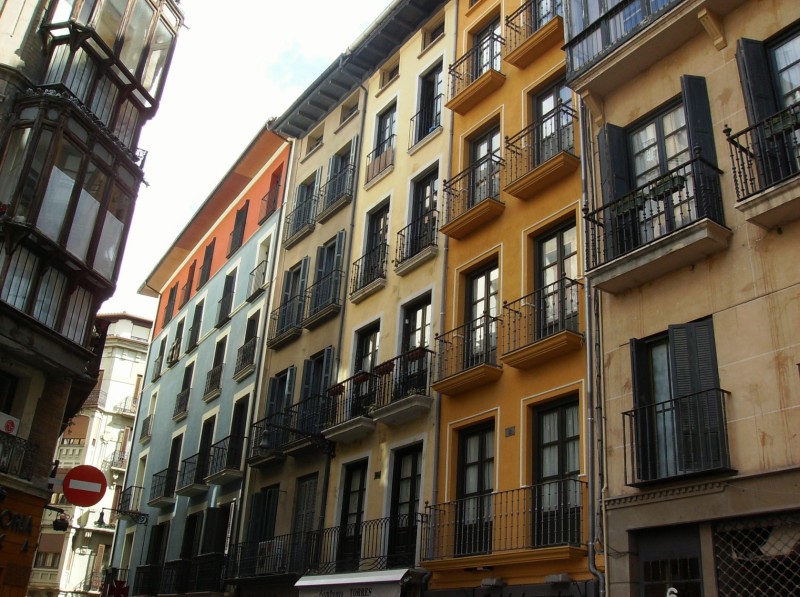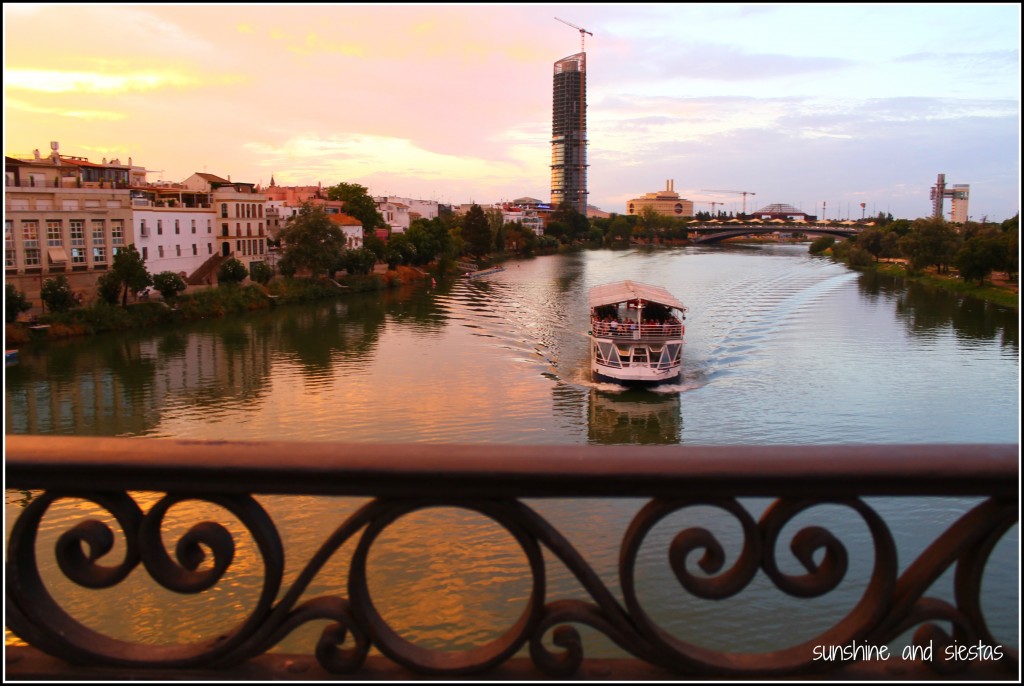Serendipity. A random occurrence of events that happens casually or unexpectedly.
Not that my run-ins with Spanish bureaucrats have been serendipitous, but as I looked back on 12 years of Spain through rosy colored glasses (or just a Cruzcampo haze), I realize that so many of the relationships and milestones of my Spain life have been a series of coincidences. From my hearing casually about the auxiliar de conversación job to meeting the woman who would introduce me to the Novio (who happened to live around the corner from family back in Chicago) to how we named Millán.
I recently met with Susan Solomont, a former diplomat to the American mission in Spain, for coffee and a chat on a rainy morning in Seville. Her literary agent had put us in contact months before, but between our schedules and the time difference, a well-timed email meant that we could meet the following week during the Solomont’s annual trip to Spain instead of connecting over Skype. Serendipitous, indeed.

In many ways, her husband’s appointment as ambassador to Spain under Obama was just that – a happy coincidence and the chance to serve her country’s diplomatic mission abroad. Spain and the US have long enjoyed a positive relationship, so despite the frantic preparations to arrive at Calle Serrano, 75 and all of the minutiae of being a diplomat’s wife, Susan’s journey was, like mine, full of small but bountiful coincidences.
My reporter’s notebook – a relic of the days when I planned to be a journalist and had a heavy interest in Washington – stayed shut as we filled an hour with conversation that carelessly flitted between topics – touching on politics (got that right out of the way), sharing our favorite places in Spain and musing about raising children to be kind and forward-thinking.
In her book, Lost and Found in Spain – Adventures of an Ambassador’s Wife (you can nab it on Amazon, Barnes and Noble or Indie Bound), Susan starts off with an anecdote before delving into an aspect of Spanish identity, from cultural to religious to historical. In many ways, Susan’s inception of the news she’d be headed to Spain, her apprehensions over the move and settling into her new life mirror my own, just revved up on Cola Cao Turbo. I felt moved by the shared experience and wanting to learn more about life in Barrio Salamanca – just a few blocks from my house but somehow worlds away.
Susan graciously answered my questions via email so that she could enjoy snuggling Millán and tell me about her own children while I sipped my fourth coffee of the morning over our chat.
Can you speak about how your letters to loved ones back home evolved into a book?
When I lived in Spain I wrote a series of letters I called Holas. They started as personal letters to keep in touch with my 13 closest friends. They started to go viral, and I started writing more about our life as diplomats. They were more informative than personal and they ended up reaching over 3000 people.
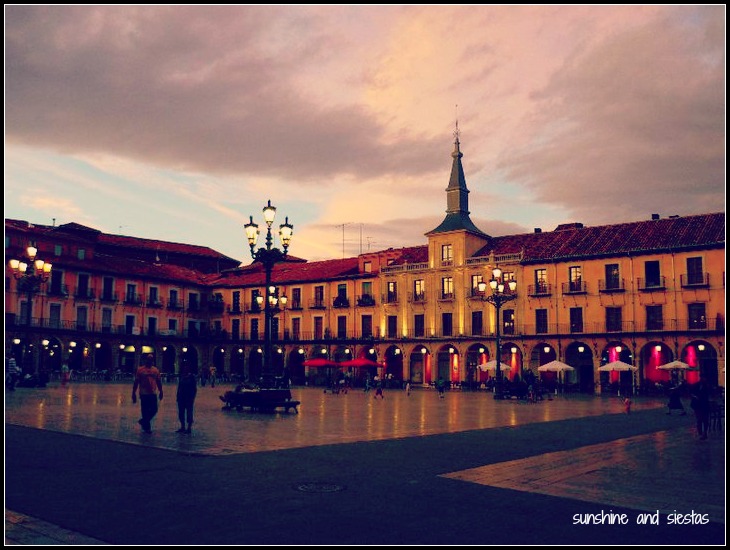
A literary agent friend who received them encouraged me to put them into a book. She said to me, “A book of letters is not a book. You need a beginning, a middle, an end. Tell a story”.
It took me two years to write the book and two years to find a publisher. These things take time and finally, in 2018, the book came out.
Your transition to Spain was not a smooth one, despite training and assistance from the Department of State. Looking back, what could you have done to prepare yourself for the post?
The transition to Spain had its highs and lows. I was not able to bring my professional work to Spain and instead had to work hard to forge my own identity – hence the “Lost” part of the title. Plus I was away from family and friends and my community. The “Found” part – I found my role, my voice, my place in the Embassy community and Spanish community.
Our Department of State (DOS) is changing [sic and] can find roles for spouses and partners. Perhaps now I could have brought my professional work with me, but in retrospect, I’m glad I didn’t.
No doubt, an ambassador’s job takes you to many interesting places across Spain for various functions, several of which you detail in your book – I particularly liked the story of Jerez del Marquesados. What was your favorite? And is there somewhere you didn’t get to that you wish you could have visited?
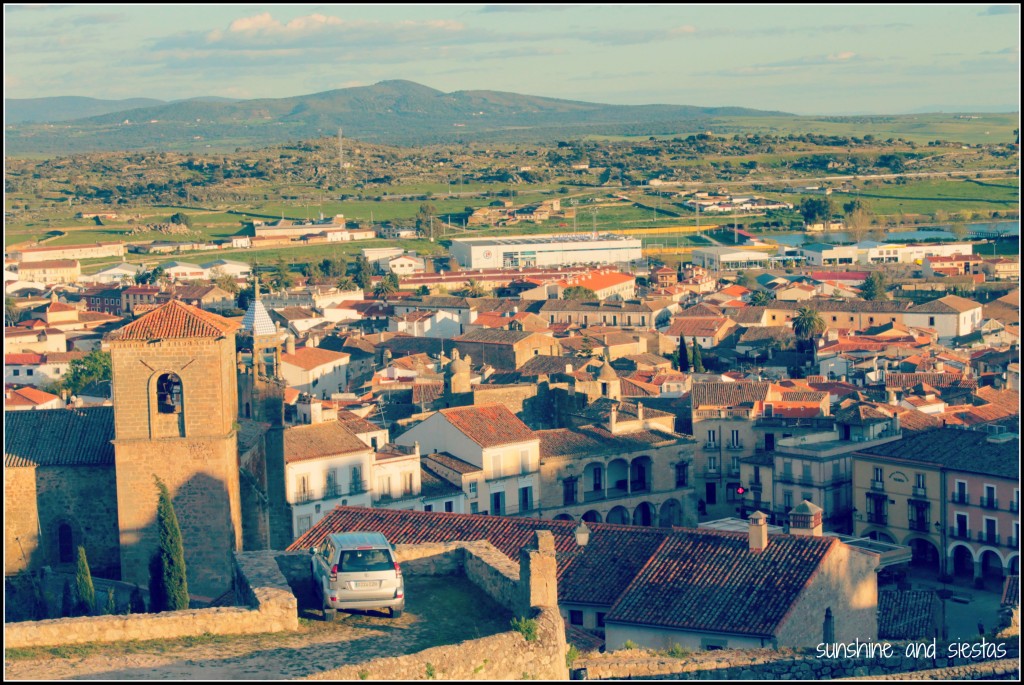
I’m often asked what is my favorite place in Spain. Impossible to answer, I love so many places. We traveled everywhere in the country. It is so special that I know each region and have visited. I do have a particular fondness for Extremadura and its countryside. I also love Mallorca. The color of the water, the beauty of the Tramuntana countryside.
One day I will return to walk part of the Camino.
An ambassador’s life or his wife’s seems glamorous. What were your days actually like?
Our days were very busy. People assume this is a job where you are socializing all the time. Yes, we were constantly meeting people, but it’s not fancy teas and dinner parties. The work was political, economic and cultural. We also were there for Americans living abroad and traveling. We worked long and hard days advancing the agenda of the US [in Spain], sharing cultural values and strengthening the bilateral relationship.
Holidays can be both memorable and difficult times for those of us in Spain. I celebrate July 4th, Halloween, Thanksgiving and Christmas in my house, which my husband and his family willingly take part in. How has your view on American culture changed since your assignment?
When we lived in Spain we celebrated all American holidays and also celebrated Jewish holidays both with our Jewish friends in Spain as well as non-Jewish friends. Our July 4th celebration was very special. We served hot dogs and hamburgers, had an American rock n’ roll band, danced the night away and celebrated the US’s birthday.

Halloween- I used to host a doggy Halloween party where embassy staff would dress their dogs up and come play on the lawn. Our Marine Unit had a Halloween party as well.
And Christmas- we had the most fantastic tree, decorated in Spanish and American flags.
There are many Spanish stereotypes flirting around Spain and the Spanish lifestyle – I’m guilty, having lived in the land of toros and tapas! Are there any that you found utterly false, or even alarmingly true?

YES— we wanted people to know that siestas, bullfights and flamenco are not the norms. Spain is a modern democracy that works hard. Perhaps on a weekend someone might take a siesta. Or perhaps there are people who go to the bullfights but not everyone likes them. And the same for flamenco.
Spain and the US enjoy a strong relationship, and each sees the power and mutual benefit in these relations. Were you met with any hostility as part of yours and Alan’s mission while in Madrid?
Not at all. We were embraced by Madrid and all of Spain. People would stop me on the street and say, “I love your country, I love President Obama”.
Have you been back to Spain since 2013? What is your first stop in Madrid?
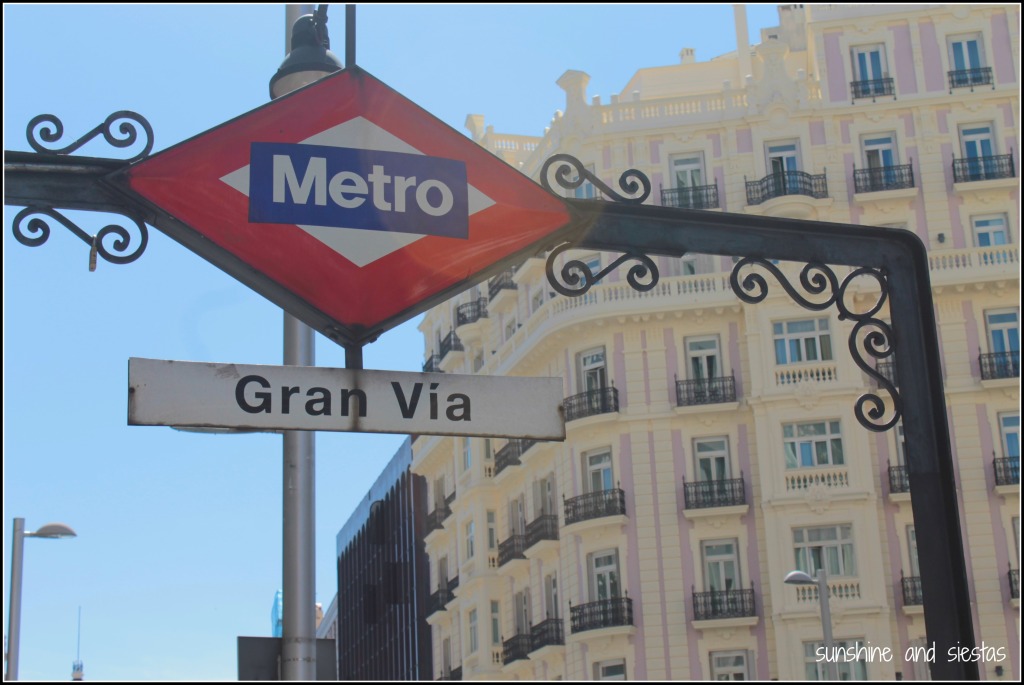
We come back at least once a year. We always spend time in Madrid. We get very busy seeing old friends and eating and drinking too much. We always need a vacation after our time here.
I had to glance at my watch to keep a well child check up, but Susan’s second coffee date of the morning arrived shortly before I had to duck out. Juan and I have always had a case of six degrees of separation – we have about a dozen people in common – but on that rainy, midweek morning, finally gave one another dos besos. Another serendipitous moment (appease me, please).
Chance led both Susan and I to Spain, and despite our moments of both feeling lost, we found ourselves – and, funnily enough, one another – through its people, culture and food and wine.
Susan and her agent graciously provided me with a PDF copy of Lost and Found in Spain, but all opinions expressed here are my own and were not contingent upon meeting Susan. I enjoyed its lighthearted tone – it does read like a long form letter in many sections – and its reflections on Spanish life and culture through an American lens. You can find more about the book and her companion’s children’s book, Stella the Ambassadog (adorable!), on her author webpage.
This post does not contain affiliate links.










